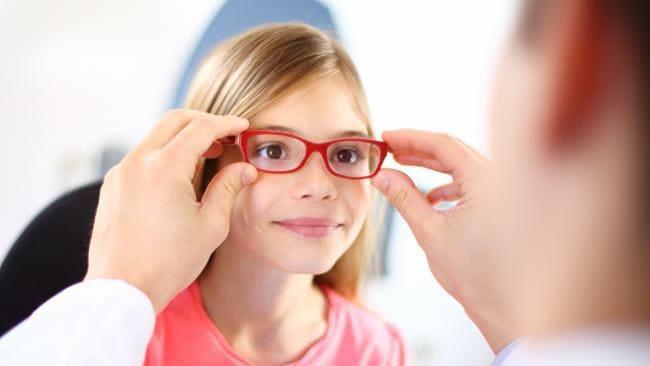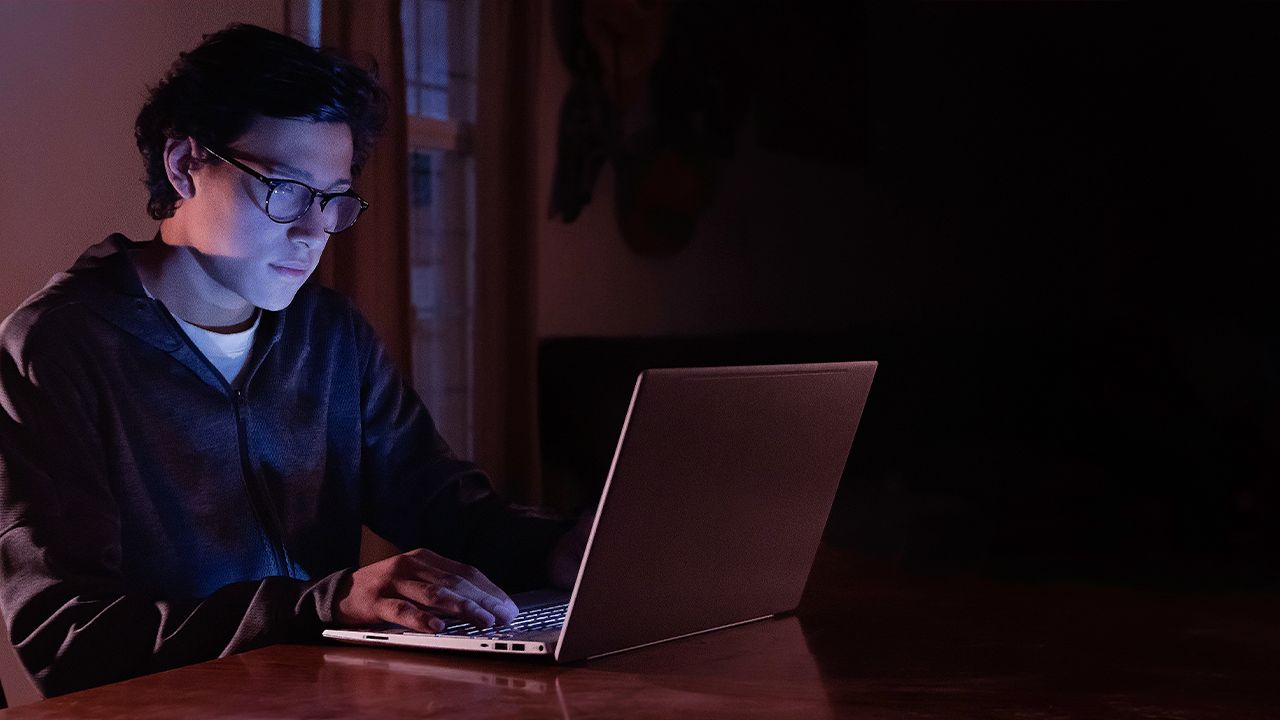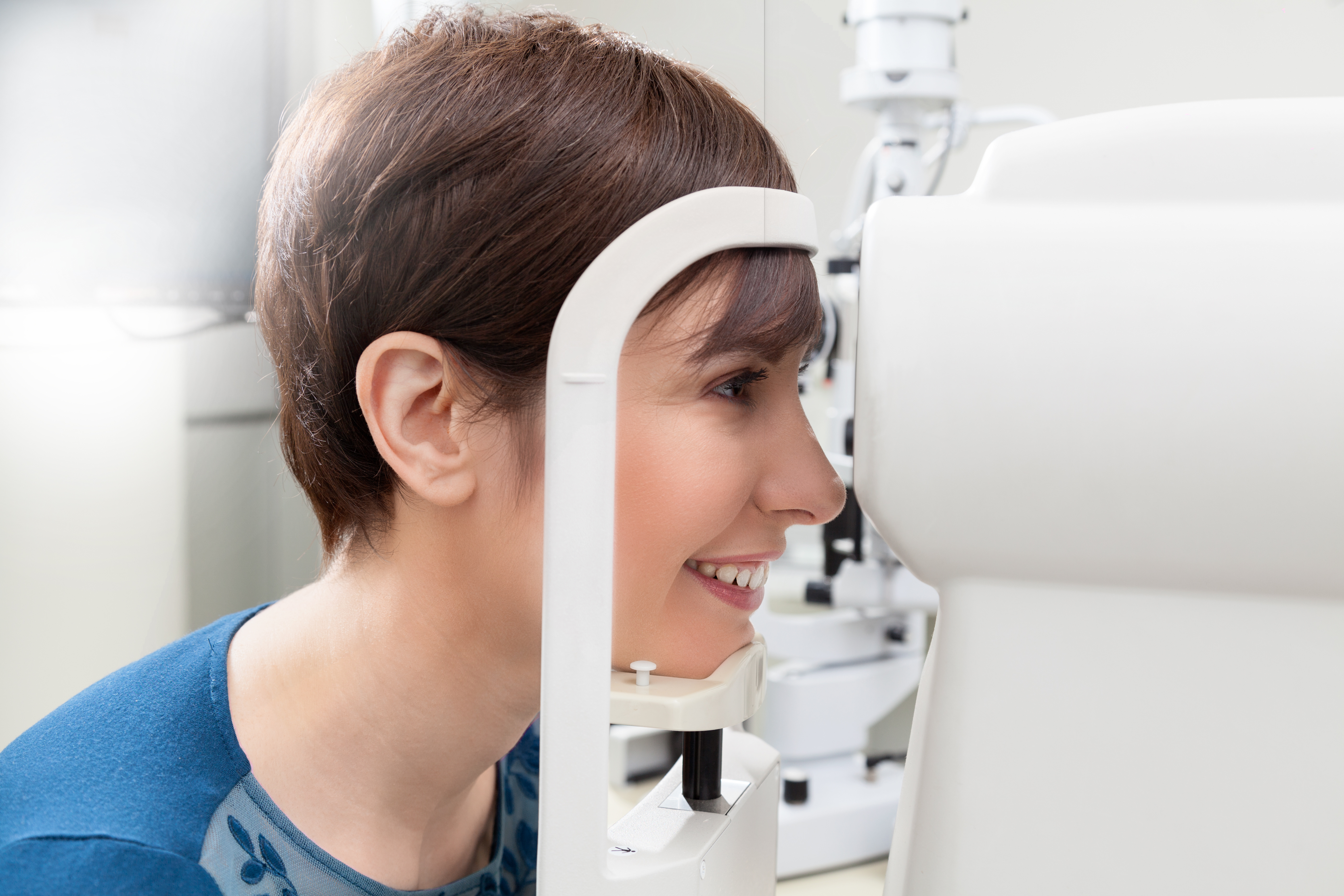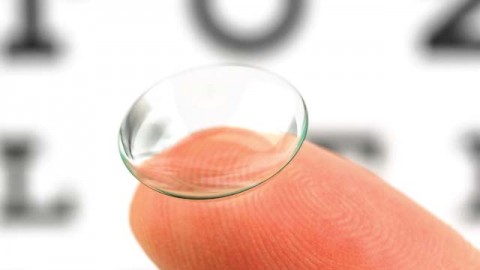Dr Wayne Gillan. (DipOptom. MPhil DPhil (RAU) CAS (NECO USA))
It is well established that the increasing incidence and progression of human myopia is a global phenomenon and one that should be a cause for concern. Associated with the increased incidence and progression of myopia is a related presence of particular ocular diseases, namely retinal detachment, cataract, glaucoma and myopic macular degeneration. Projections suggest that by 2050 fifty percent of all humans will be myopic (approximately five billion people). If the projections prove to be correct then humanity might be facing an ocular health and related financial crisis. A study conducted in Ireland has shown that, in general, parent attitudes toward myopia and the related ocular-health issues, are usually nonchalant. Considering the influence that parents have on their children’s behaviour and attitudes, it might be prudent to begin trying to educate parents, and children, about the long-term ocular health risks that myopia poses.
What can the average optometric clinician do in an attempt to educate patients, prevent and manage myopia progression? Firstly, one needs to reconsider what myopia is…just an inconvenience to the individual who happens to be myopic or perhaps it is a more complex phenomenon which increases the risk of sight threatening disease, increases the financial, life-style and socio-economic burden on society as well as result in patients having to rely on refractive compensation for their myopia? Myopia, from a disease-risk perspective, should not be referred to as “near-sightedness”! Is a six dioptre myope following refractive surgery, who has plano refractive state, still a myope? The risk factors related to myopia will remain for this patient, however, they are no longer “near-sighted”. Optometrists need to engage their myopic patients (or their patient’s parents when applicable) in a discussion regarding the increased risks of sight threatening disease, possible behavioural interventions that are applicable as well as the available treatment options that might ameliorate the condition. Patients need to be advised to have annual vision examinations and to not ignore strange visual experiences that might occur (for example photopsia, metamorphopsia or recent onset floaters). It might be prudent to suggest referral to ophthalmology for a dilated fundus examination (DFE) for all high myopes (greater than five dioptres of myopia), especially those who have not had a DFE previously. Let your patients know that myopia, its increased prevalence and its progression are a worldwide concern for patients and their eyecare practitioners.
Numerous possible treatment options for myopia prevention and progression might be considered. However, one needs to be aware that our understanding of the myopia condition, its causes, reasons for progression, treatment options and why the possible treatment options work, is not complete. There is little unequivocal evidence for many aspects of the myopia condition. A perusal of the first article in the myopia series (The myopias: aetiology) will help the reader to make more sense of some of the suggested reasons as to why these interventions might work.
The treatment of myopia can be approached from two perspectives: preventing the development of myopia and limiting its progression. Preventing myopia: how does one attempt to prevent the development of myopia? Is it even possible? Children have no influence on who their parents are (are one or both parents myopic?). It is well documented that the time a child spends outdoors is related to the development of myopia. Children who spend more time outdoors are less likely to become myopic than those who spend little time outdoors. It might make sense then to suggest that all children spend an hour or two outdoors each day (make sure that they play rather than spend the time outdoors with a digital screen…think cell phone). Some schools are now scheduling periods so that all children have to spend two hours playing outdoors. Interestingly it is not the outdoor physical activity that seems to be the influencing factor but rather just the exposure to bright light that retards the development of myopia. It has also been suggested that increasing the levels of classroom illumination have a positive effect on limiting the onset of myopia. The outdoor visual environment also results in less peripheral defocus, which, if hyperopic defocus, stimulates the development of myopia. Thus all children, especially those with both parents being myopic, should spend sufficient time outdoors in an attempt to prevent the development of myopia. Screen time should be limited to a maximum of two hours per day (good luck trying to enforce that one). There is some evidence that near work can stimulate the development of myopia. It is well documented that today’s children spend excessive amounts of time interacting with digital screens (when last did you see a young urban child who did not have a cell phone? When last did you see a young urban child, interacting with their peers, who did not look at a cell phone at least every few minutes?). If you pay attention you might notice that the working distance that young people use when interacting with a cell phone is less than forty centimetres and in many cases it is less than twenty. Suggest limiting screen time and the distance at which such screen time is performed. It has also been found that children who later develop myopia are very often less hyperopic at critical developmental ages, than those children who do not develop myopia. So, when examining young children, be aware of those who are less hyperopic than the expected norms for their age. This is the time to interact with patient and parent and emphasize the factors mentioned above, stressing the risk factors and the possible preventative strategies that have been shown to have some merit. Retarding myopia progression: Numerous interventions are available for the possible amelioration of myopia progression. Unfortunately, not all have a sound research basis.

Several spectacle lens designs have been introduced in an attempt to retard myopia progression. In some instances an add, in the form of executive bifocal or multi-focal design, is thought to reduce accommodative lag (larger lags are thought to be a greater stimulus to myopia progression than lower lags) thereby reducing progression. In one instance a base-in prism has been added to reduce the vergence demand. A defocus incorporated multiple segment (DIMS) design has also been introduced in an attempt to produce myopic peripheral blur (as opposed to hyperopic peripheral blur) which is considered to reduce the stimulus to myopia progression. Many of the “big name” lens producing companies are now producing “myopia treating” lenses (to name some: Zeiss, Hoya, Essilor). A meta-analysis including thirty randomized controlled trials (RCT) (5422 eyes) suggests that multi-focal lenses designs show slight effects in terms of reducing myopia progression. I guess future publications reporting on investigations regarding the efficacy of “myopia treating” lenses will improve our understanding of these lenses and their effects. The literature does not make our lives easier when deciding what lens to use when. Myopia slowing effects range from 20% to 40%, depending on who you quote. In the case of under-correcting myopes, therapeutic value is questionable.
Soft contact lens bifocal designs have shown moderate effects in influencing myopia progression. Specifically, the contact lens needs to be a centre-distance, surround-add design. This specific design is necessary to produce a myopic defocus peripheral effect (as opposed to a hyperopic defocus effect) (Meta-analysis of 30 RCT’s). Myopia progression reductions of between 30% and 90% are claimed by various authors.

Ortho-keratology (OK) is another intervention suggested to reduce myopia progression. The suggestion is that by using a “reverse geometry” OK lens, a myopic peripheral defocus is produced in the corneal periphery, thereby eliminating the hyperopic peripheral defocus that is thought to stimulate the development and progression of myopia. Of course, one would need to make sure that their understanding of fitting OK lenses is sufficient before trying this treatment intervention. Treatment effect: moderate (Meta-analysis of 30 RCT’s) or 40% to 45%, depending on author.
Pharmacologic treatment of myopia progression is another possible intervention. Of course, atropine (being the usual drug used while tropicamide and pirenzepine are also used) has side effects that are related to the dosage of the atropine (researchers usually investigate 1%, 0.5%, 0,25% and 0.1% atropine in their studies). The weaker the dose, the less the side effects. At 0.1% the side effects are thought to be minimal yet the myopia reduction effects are still significant. One problem for South African optometrists is that most of us are prohibited from prescribing medications for the treatment of
any eye-related condition, and my guess is that that includes using atropine to treat myopia progression (the politicians amongst us will be able to answer this question). Another problem with using low-dose atropine is that you will need to find a “compounding pharmacist” who is able to produce 0.1% atropine under sterile conditions (good luck with that). However, low-dose atropine does retard myopia progression, with reduction effects ranging from 80% to 42% depending on the author and the dosage of the atropine.
Biofeedback and visual therapy have been investigated as treatment options for myopia progression but no real effects have been produced.
Myopia, its progression and increased incidence around the world is well documented. Associated diseases like cataract, glaucoma, retinal detachment and myopia-related maculopathy are going to become serious visual health determinants in the future. We all need to be aware of this and we all need to be attempting to influence this potential epidemic using treatment options that are based on available evidence, even though, in many instances, that evidence is not complete at present.








